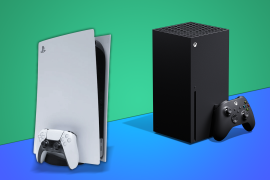5 things you need to know about the HTC U11+
HTC's taller phone looks beautiful and lasts longer than ever
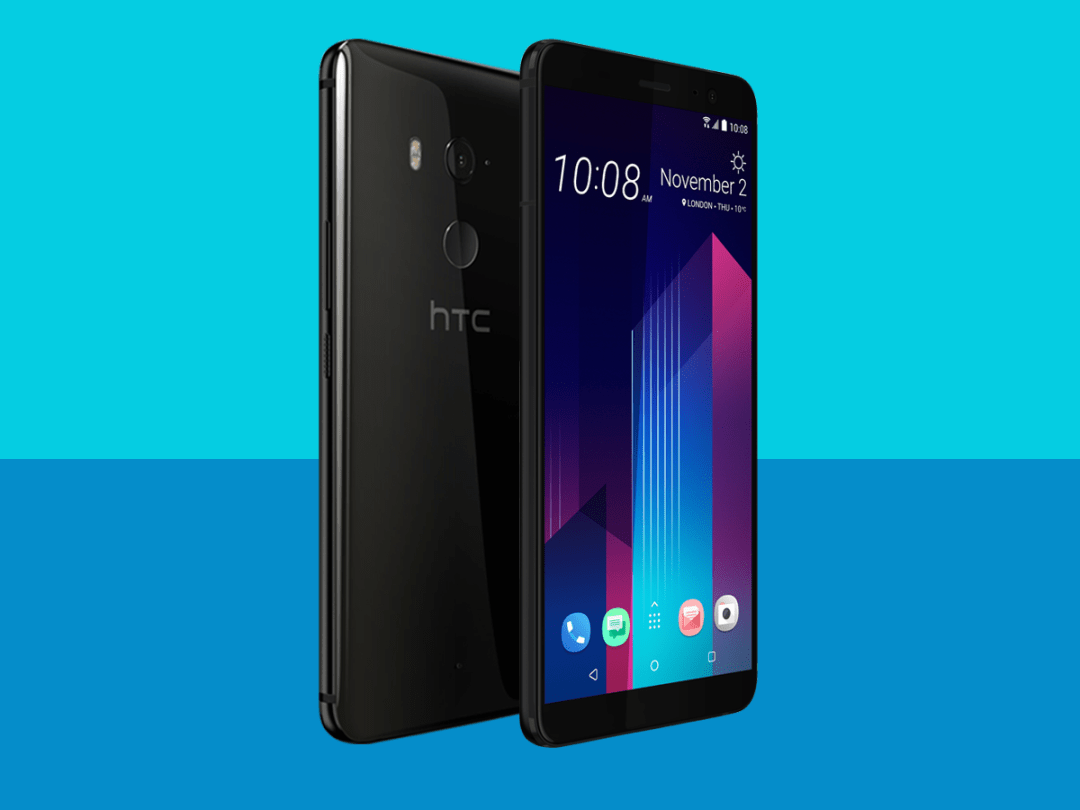
The HTC U11 was poised to be HTC’s knockout comeback of a flagship phone, and true enough, it warranted such attention – but the competition didn’t slow for a second this summer.
By the time the U11 launched, we were already in love with Samsung’s Galaxy S8, and then the OnePlus 5 debuted, Apple announced three new iPhones, LG’s V30 showed up, and Google’s Pixel 2 handsets stole HTC’s brief camera crown. And amidst all of that, we’ve kind of forgotten about the U11.
But HTC is giving it another shot with the new U11+, announced today, which takes the core of the U11 experience and amplifies it in a couple of key ways. Thinking about buying a new phone in the near future? Well, you’ll definitely want to consider the HTC U11+.
Here’s what you need to know about it, and once you’re done here, head over to our hands-on review for first impressions of the sleek new device.
1) It’s tall like the rest
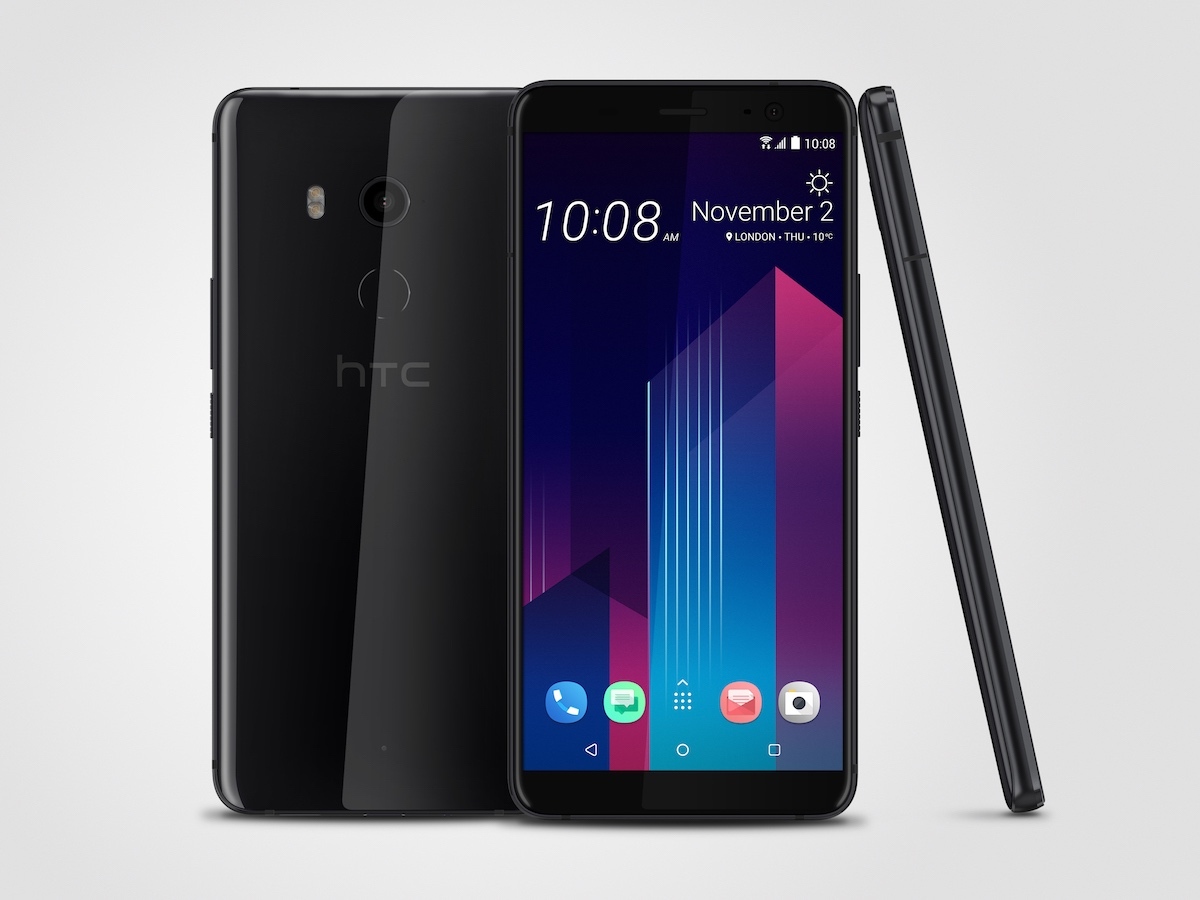
Android’s big flagship trend this year has been extra-tall displays, with the LG G6 and Galaxy S8 kicking things off in the early months and the Huawei Mate 10 Pro, LG V30, Galaxy Note 8, and Google Pixel 2 XL following suit more recently. Hell, even the Apple iPhone X is going that route, albeit with that notch on top.
In any case, HTC didn’t want to be left out with its typical 16:9 display, so the HTC U11+ bumps up to an 18:9 aspect ratio with its 6in Quad HD LCD panel. It has the wider DCI-P3 colour gamut and will gain HDR10 support later this year, although opting for LCD rather than OLED means it might fall a step behind some of the competition. Still, it looks pretty fine at first glance.
2) It has a beefier battery
By and large, the HTC U11+ has the same internals as the original model, packing a Qualcomm Snapdragon 835 processor with either 4GB or 6GB RAM, depending on model, and either 64GB or 128GB storage based on your choice.
In other words, it’s keeping pace with the Android competition, as the new Pixel 2 XL has the very same Snapdragon 835 and 4GB combo in tow. It even has Android 8.0 Oreo, which likewise puts it on par with the new Pixels.
Where the U11+ makes a nice upgrade is with its 3,930mAh battery pack, which represents a hearty 30% improvement over the core model’s 3,000mAh cell. Not only should that provide a nice extra heap of uptime, since the screen is only really a smidge larger, but it’s also more than you’ll find in a lot of the U11+’s rivals.
In other words, it could be the long-lasting flagship of our dreams. The Mate 10 Pro could have it beat with its 4,000mAh battery powering a lower-resolution 1080p display, though. We’ll have to wait and see there.
Also Read › HTC U11+ hands-on review
3) The camera is still excellent
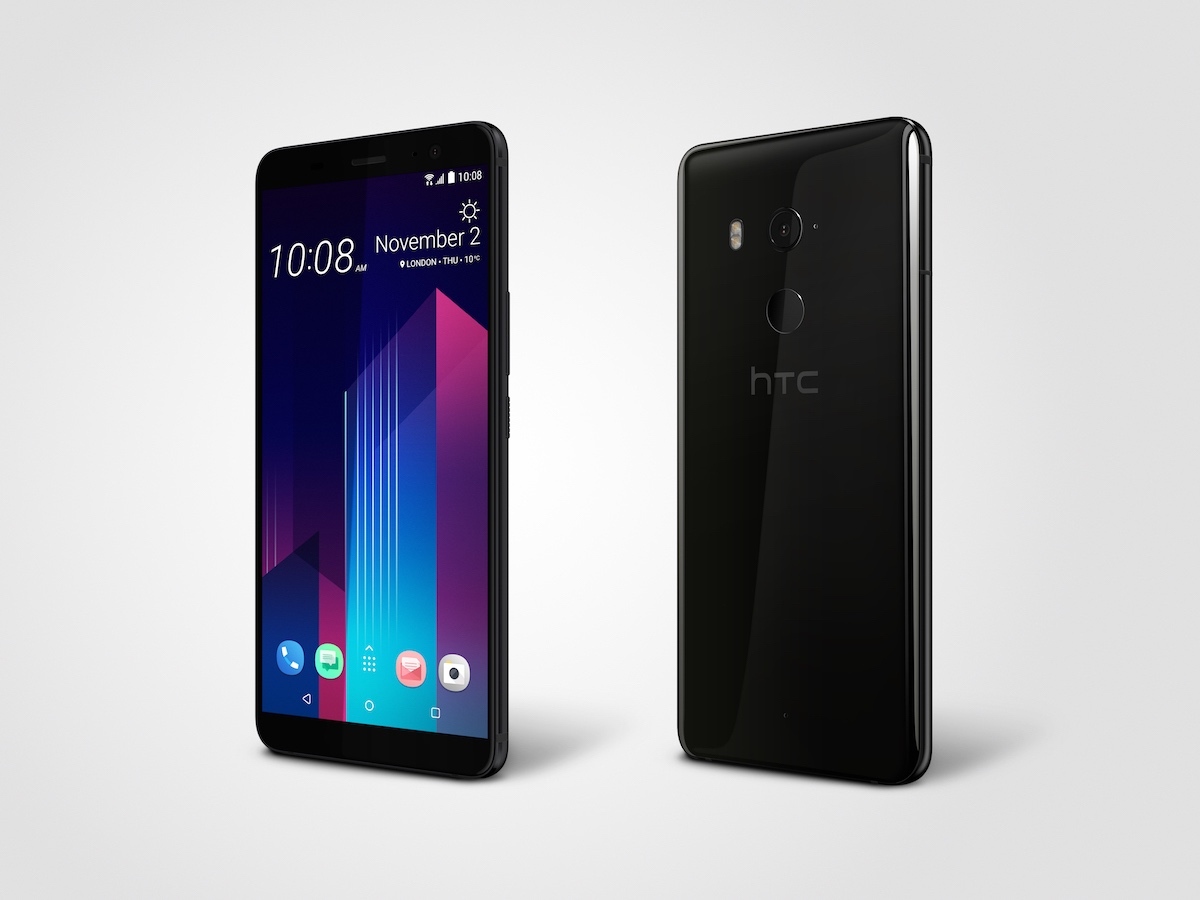
HTC didn’t really make any changes to its back camera, as far as we can tell, but that’s not a problem in our view. The U11 won our pick for the best smartphone camera today when we pit all of the top flagships against each other back in August… but then the Pixel 2 and Pixel 2 XL one-upped it within the last couple weeks.
That said, it’s still a top-tier smartphone camera. You’ll get a 12-megapixel single sensor at a wide f/1.7 aperture and HDR boost, along with optical image stabilisation. Back with the U11, we praised the photos’ immense detail, rich colours, and and generally exceptional results.
On the front, it’s a slightly different story: the new 8MP camera brings in the HDR boost and noise reduction from the back sensor, which should punch up your selfies.
4) You’ll want to admire (and squeeze) it
Like the standard model, the HTC U11+ is absolutely gorgeous from the back, thanks to its one-of-a-kind Liquid Glass treatment. With slightly different-coloured layers in the mix, you’ll see all sorts of dazzling reflections when you move the handset around.
And on the front, HTC says that the U11+ has its best-ever BoomSound stereo speakers, promising 30% louder results with less distortion and improved dynamic range over the U11. Still no headphone port, though – but you do get some nice USonic USB-C earbuds included.
The U11+ also retains the Edge Sense tech from the original version, with squeezable, pressure-sensitive sides that let you access the Google Assistant or Amazon’s Alexa. You can also access an Edge Launcher, which offers easy access to your favourite apps and contacts from the side of the screen.
Edge Sense also lets you snap photos or open up apps like Google Maps or Google Music, and you can customise the setup as you please. It’s a lot more flexible than what Google added to the Pixel 2 and Pixel 2 XL, which only works with the Google Assistant for now.
5) You can order it soon
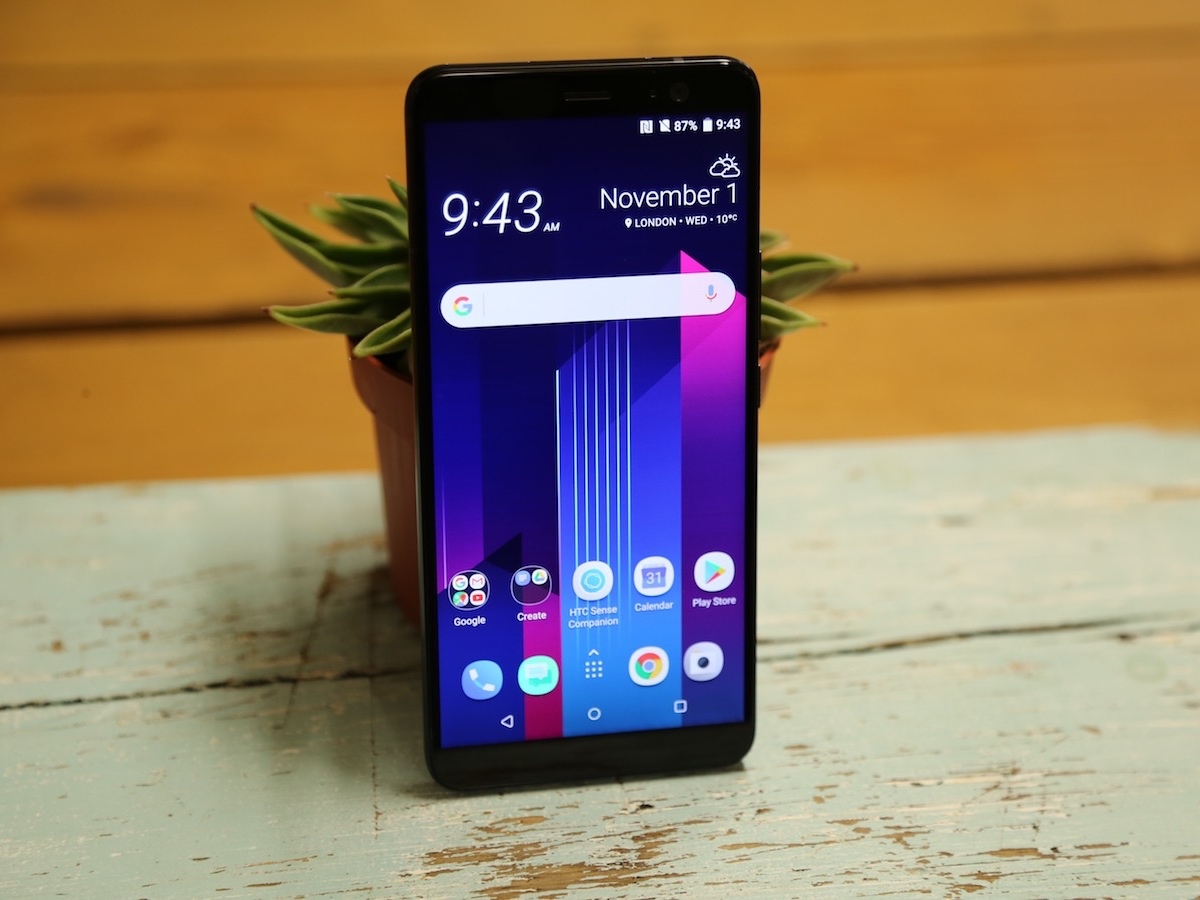
Sound appealing? You’ll be able to preorder the HTC U11+ from 20 November, although we don’t have an actual ship date yet for the handset.
HTC is selling the U11+ for £699, which is £50 more than the U11 but still compares favorably to the flagship competition. That’s £100 less than the Pixel 2 XL and Apple iPhone 8 Plus, and £170 less than the Galaxy Note 8. It’s also £300 less than the Apple iPhone X, but then again, pretty much every phone out there costs significantly less than the iPhone X.
On the other hand, the Galaxy S8 – still our favourite smartphone on the market today – can be found for a little more than £500 nowadays, and it matches up well with the HTC U11+ nearly across the board, except perhaps on battery life. Still, we really enjoyed the original U11, and we have to think that this rejuvenated version will make an even stronger impression.


